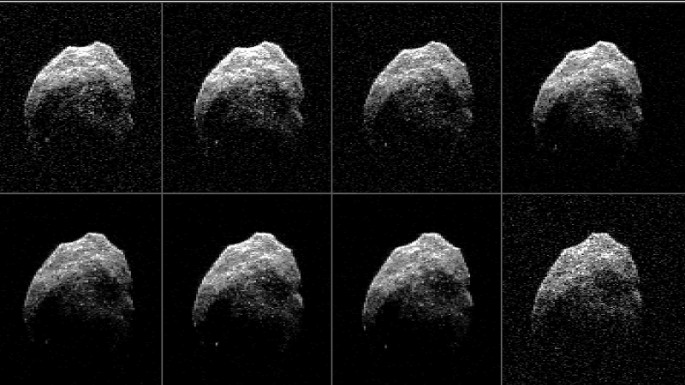In celebration of Asteroid Day, Las Cumbres Observatory created a new website that can allow anybody to take photos of asteroids, with the help from a global network of telescopes. The observatory hosts 18 professional robotic telescopes that are all located across several remote astronomical sites around the world. The website encourages amateur astronomers in the campaign to raise awareness of asteroids.
On the Las Cumbres Observatory Asteroid Day website, simply entering a valid email address can produce observations from their global telescope network. Observations will be combined with other images of the selected asteroid that will be transformed into a time lapse video.
According to Las Cumbres Observatory's Edward Gomez, users can be involved by capturing images of asteroids that are moving through space. For the Asteroid Day website, the process is simplified, that uses a single click that executes a request for images found in the observatory's database.
Users will be able to choose between two asteroids, 2002 KL6 and 2010 NY65, for further observations, that both possess intriguing scientific features.
According to Sarah Greenstreet from the Las Cumbres Observatory NEO (Near Earth Object) team, we have chosen these two asteroids since both will be passing by close to Earth on Asteroid Day. By combining observations from users and professional datasets, we can now learn how fast their rotations are including the composition of their surfaces.
Every year, Asteroid Day is celebrated on June 30 which also marks the anniversary of the biggest asteroid impact in recent history in Tunguska, Siberia that occurred in 1908. The Las Cumbres Observatory's global telescope network is also funded by NASA's Planetary Defense and Near Earth Object Observations Program.
You can track an asteroid here on the Asteroid Day website of the observatory.



























